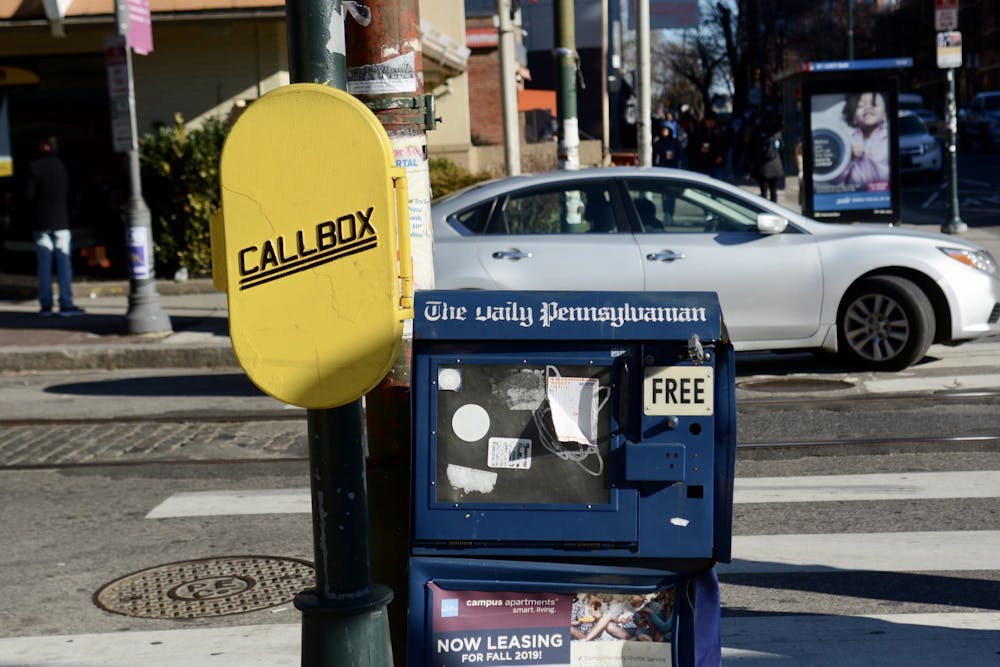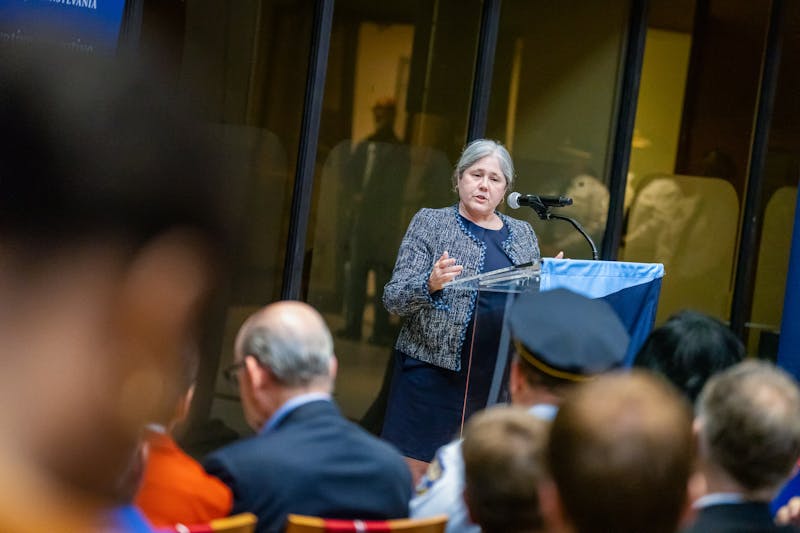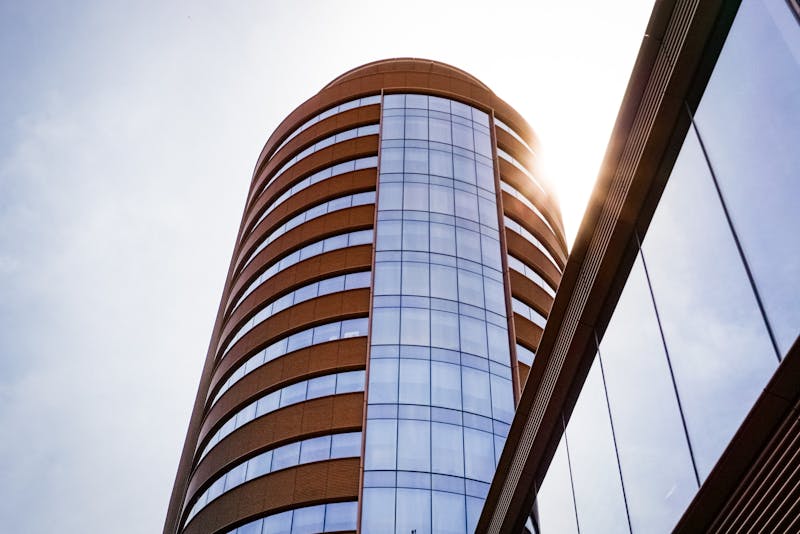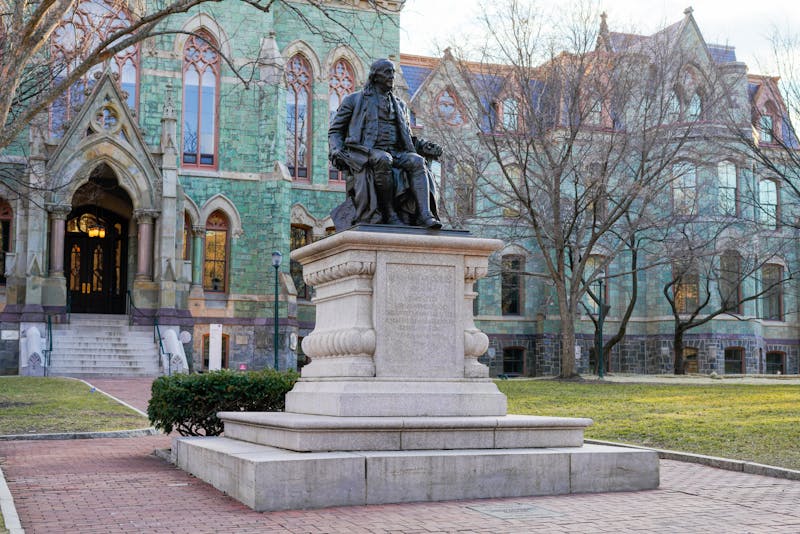
According to DPS, there are more than 700 call boxes — or “blue light” phones — across Penn’s campus. The UA recently announced it is considering an initiative to replace the phones in campus call boxes with buttons. DPS must not be allowed to entertain this dangerous proposal, as the call box phones are absolutely vital to campus safety. Removing the phones and replacing them with mere buttons would eliminate much of the utility and function of the call boxes.
Call boxes play a vital role in maintaining accessibility and safety on campus. One sentiment expressed in this week's article announcing the UA’s proposal was that cell phones effectively rendered the call boxes redundant. This is a privileged and downright erroneous assumption. There are people without cell phones. (Let that sink in). Some people can’t afford them. Others, like me, choose not to use them for health or practical reasons.
Penn has already failed in making its campus accessible as there are no payphones anywhere on campus (the nearest one is on 40th Street). Although there are courtesy phones and call boxes, most of these only allow campus calls, not outgoing calls. Suggesting that Penn remove the very little public communication infrastructure it has left completely ignores the people who rely on it.
Furthermore, the belief that all use of campus call boxes boils down to one simple scenario that can be communicated using a button is a gross oversimplification. The call boxes are not just for emergencies — they can be used to request a walking escort or ride, for instance. This infrastructure should not be dismantled, regardless of whether or not a majority of students find it useful. Just as much as we need public transportation, we need public communication infrastructure.
Even for those who do own cell phones, the call boxes are still relevant. For one, the call box phones are hotlines, meaning you don’t need to dial anything — you immediately get a Penn dispatcher. More importantly, calls from fixed-line phones can have their location shown immediately to a dispatcher, something cell phones simply cannot do.
DPS markets its “Penn Guardian” app as a “must-have” for students, but this misleads students from the reality that mobile phones are simply not suitable for emergency usage. GPS triangulation for cell phone locations can be off by up to 300 meters. The call boxes, and all landlines, are much better suited for emergency communication, immediately providing dispatchers with crucial information in situations where every second counts. Those who discount call boxes, landlines, and payphones as unnecessary should consider that Penn’s high rises are all within 300 meters of each other. If you were to call from a cell phone, GPS triangulation could place you in one of 72 stories of Penn residences. Fixed-line phones don’t have this issue, which is one reason why they shine in emergencies.
To be clear, the concept of incorporating a one-touch button into the call boxes is not inherently bad; however, any such button must supplement — not replace — the existing phones. Penn already makes life hard enough as it is for those who don’t use cellular technology. Penn no longer allows dorm landlines, no longer has payphones on campus, and prevents outside calls from being made from campus courtesy phones. Those without cell phones are simply treated like second-class students. Instead of ignoring or discriminating against such students, Penn must accommodate them — just like every other flavor of Penn students. It’s annoying enough already to walk 15 minutes to get to a payphone. At present, there is no publicly accessible alternative to the campus call box phones, and we cannot afford to lose them.
NAVEEN ALBERT is an Engineering freshman from Waukesha, WI. studying Computer Engineering. His email address is naveen23@seas.upenn.edu
The Daily Pennsylvanian is an independent, student-run newspaper. Please consider making a donation to support the coverage that shapes the University. Your generosity ensures a future of strong journalism at Penn.
Donate






